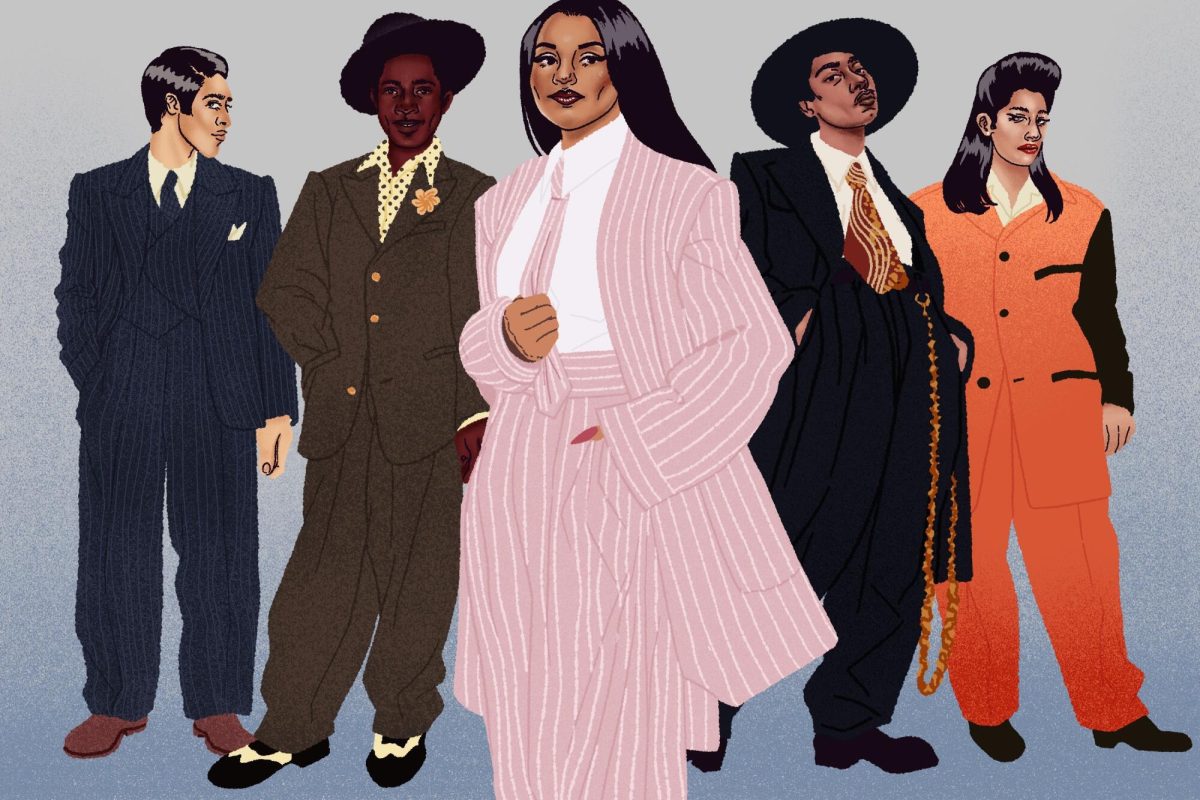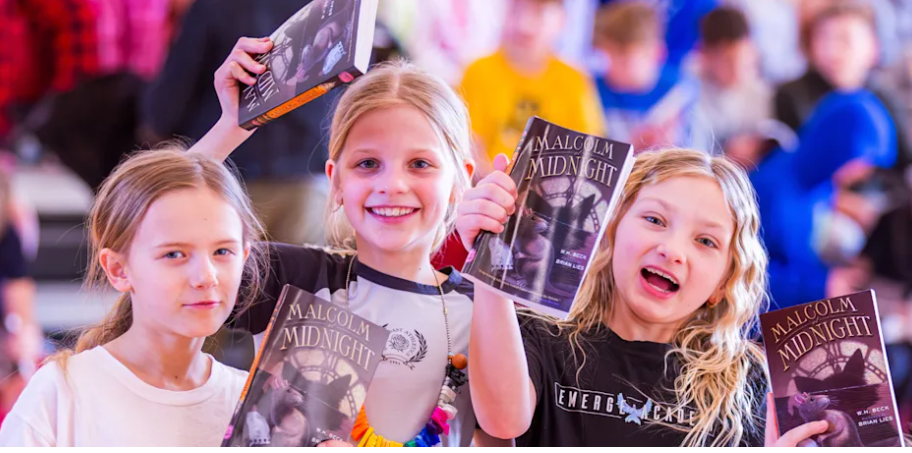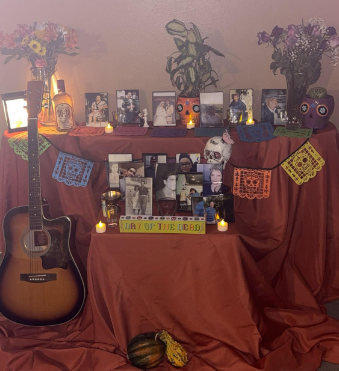
Starting on Oct. 27 and culminating on Nov. 2, families across the world celebrate the Mexican Holiday, Dia de Muertos. The history behind the traditions celebrated during this time period comes from both ancient Aztec indigenous cultures and Catholic celebrations brought by Spanish conquistadors which were fused together and have since been celebrated for thousands of years.
An example of this fusion is the celebration of All Saints Day, a Catholic holiday, celebrated on November first, and followed by Dia de Muertos the following day.
Families set offerings for those not with them anymore, colorful paper cutouts and flowers are set on altars, ‘ofrendas,’ and the hope of loved ones visiting lingers among believers.
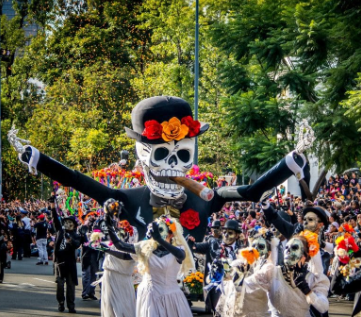
The biggest celebrations occur in Mexico, specifically, the Southern state of Oaxaca, in which parades and festivals are held, towns are adorned with vivid colors and cemeteries are brightened with candles to help loved ones find their way to their family.
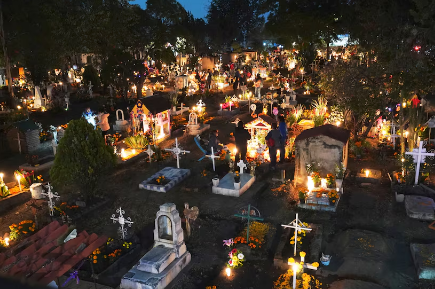
Along with candles to illuminate the way for the deceased, other important items are vital for one’s family. Water is believed to be important when family and friends come a long way from the afterlife to visit during Dia de Muertos; likewise, one can put a family member’s favorite drinks and/or food to greet them. Flowers, especially cempasuchitl (marigold), are also an important part of one’s ofrenda, as their scent is seen to be strong enough to guide loved ones to their family’s home for the evening.

In Des Moines, the Latino community celebrates Dia de Muertos in ways similar to that of Mexico, bringing their traditions to their Midwestern homes.
Theodore Roosevelt High School senior and member of the nationwide Latinos in Action program Jazmin Canseco explained that though her family does not celebrate it to the extent of Mexico, they do participate in setting up an altar for their loved ones full of goodies and offerings.
Moreover, Canseco expressed that in regards to Dia de Muertos, people outside of Mexican culture are always welcome to celebrate it in respectful ways. She shared that one could use their family’s personal foods/items instead of only traditional Mexican items in order to make their altars more personalized. Furthermore, she expressed the importance of understanding and honoring the traditions rather than setting up altars simply for decorations, especially since the holiday falls right after Halloween.
“I think a big part of culture is to share it with others,” explained Canseco, and further added that it is a good way for people to connect with both living and deceased loved ones.
For me, another tradition my family and I have that I think anyone can take part in is watching movies that remind us of our ancestors. My favorite movie to watch on Dia de Muertos is the Disney film “Coco,” as the grandmother, Mama Coco, reminds me of my own grandmother who passed away. The film is also a good introduction and interpretation of Dia de Muertos to those who are not too familiar with the holiday and celebrations.
Overall, Dia de Muertos is a holiday full of life, despite what the name may imply. I find it to be one of the, if not the most, beautiful traditions in Mexico and I look forward to it every year. I look forward to bonding with family while setting up the altar and watching movies loved ones loved or remind us of them. During this time one can also learn more about their family’s histories while looking through photographs and recounting memories.
It is all about remembering those who are not with us anymore, appreciating them for the impact they made on us while they were with us and even afterward and overall expressing gratitude towards family and friends while they are still with us.

